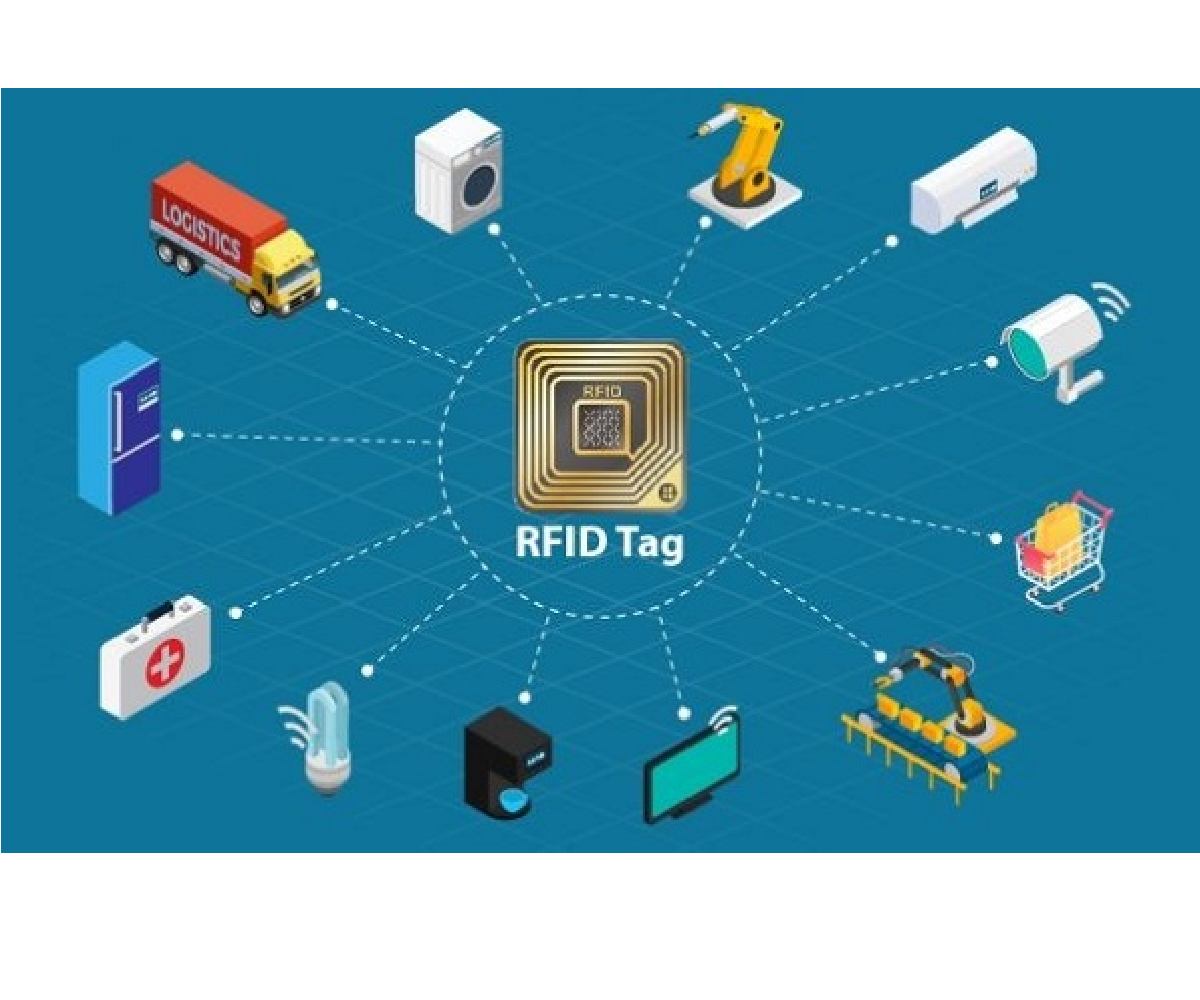The RFID systems can be classified according to two main criteria:
What are the types of RFID systems?
Frequency Band
- Low Frequency (LF): Functions at a frequency of 125 kHz, characterized by limited reading distances of only a few centimeters. This technology is frequently employed for fundamental access control and the identification of animals.
- High Frequency (HF): Functions at a frequency of 13.56 MHz, allowing for extended reading distances of up to 10 cm. This technology is utilized for contactless transactions, access management, and data transfer.
- Ultra High Frequency (UHF): Functions within the frequency range of 860-960 MHz, offering extended reading distances of several meters. This technology is particularly suited for applications in supply chain management, inventory control, and asset management.
Power Source
- Passive RFID: Derives power from the reader’s signal, making them smaller and cheaper but with shorter read ranges.
- Active RFID: Contains a battery, enabling longer read ranges and more complex applications.
- Semi-passive RFID: Combines features of both passive and active tags.
Additional Considerations:
- Read/Write Capability: Some systems can only read data, while others can both read and write data to the RFID tag.
- Memory Capacity: The amount of data that can be stored on the RFID tag.
- Security Features: Measures such as encryption, authentication, and various other security protocols are implemented to safeguard data.
- Antenna Design: The type of antenna used can affect read range and performance.
By understanding these different types of RFID systems, you can select the most suitable solution for your specific application.



